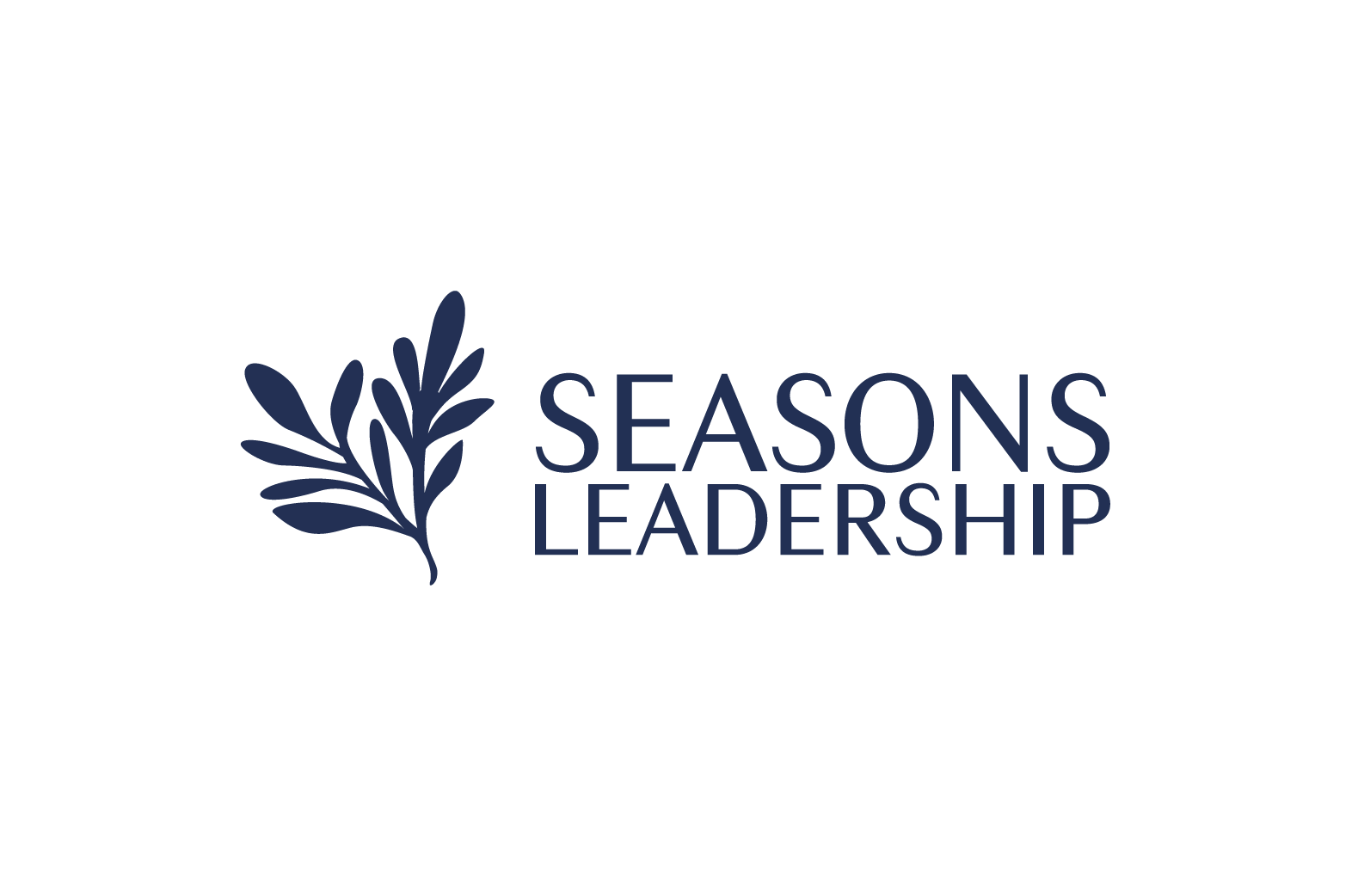Leaders often find themselves in transition; transitioning to assume leadership of an organization that someone led before them or transitioning to leave an organization in someone else’s hands. When exiting an organization, leaders have an obligation to transition things to the new leader in a way that sets them up for success, but the exiting leader seldom has any control over what happens when they leave. When taking over leadership of an organization, the new leader has much more control in how they assume responsibility for the organization. In this Lessons in Leadership, our resident Seasoned Leader David Spong shares an example of his leadership style when taking on a new role.
Over our careers most of us have worked for many leaders, some good, some bad. They all have very different styles and, in many cases, their own quirks. However, they seem to largely fall into three categories:
- Those who embrace what went before, build on it and try to improve it.
- Those who forge their own path while allowing what has gone before to dissipate through benign neglect.
- Those that actively seek to destroy what had gone before and forge their own entirely new path.
When I assumed the leadership of a program, I embraced all that previous leader had done and expanded on it, eventually leading that program to receive a Baldrige Award. The previous leader had put many good approaches in place and helped to turn the culture around from an awful place to work to a great place to work. Therefore, it was easy for me to build on what he had started and to add improvements and new approaches to cement the culture even further.
Next, I was promoted to president of a relatively new organization that was performing well but had a culture that I felt would keep them from realizing the potential of the organization. So, although I consider myself the type of leader who embraces and builds on what went before, I found myself with a dilemma. There was a mixed bag with this new organization of things that could be built upon and improved and things that needed fixing or stopping all together.
I sought advice from some trusted advisors who recommended that:
1. I make no big changes for the first 100 days, just observe and gather information, and listen.
2. I get an independent assessment of the organization based on the Baldrige Framework to identify strengths and improvement opportunities.
I took the advice of my trusted advisors and after the first 100 days, armed with the assessment results and all the information I had gathered by listening and taking no action, I developed a prioritized plan for what changes to make in the organization. Then I implemented the plan led by my values and honoring what had been accomplished in the organization. Three short years after I assumed leadership, we were recognized by receiving the Baldrige Award as a Service organization.
When I retired the new leader was one who set out to actively destroy much of what we had done and replace it with his own approaches. In my opinion, this destroyed the culture of the organization which we had worked so hard to establish.
This phenomenon of new leaders either neglecting or actively undermining what went on before has happened many times in organizations who receive Baldrige Awards, which is often detrimental to the culture and performance of an organization. It also further reinforces my belief that the leader must be the one to lead and actively support a Baldrige initiative, otherwise they will destroy it.
Unfortunately, this phenomenon is not unique and even if it is not a destructive act, benign neglect can cause a previously high-performing organization to go backwards in performance and culture. It is up to each leader to determine how they lead each organization they are responsible for.
Seasons Leadership believes that the leader sets the direction for the organization and in so doing, shapes the culture. Every transition situation is unique, in some cases the organization could be performing poorly and a leader is brought in to “fix” it, in other cases the leader takes over a high-performing organization, and everything in between. The leader must take responsibility for what approach will work best for the organization they are charged with leading.
Reflect on which category of leadership you are in. Are you a builder, a benign neglector or a destroyer? Be conscious of your motivation and whether the initiatives you champion build on past good efforts or destroy them. You have the power of choice as a leader; choose wisely, with the best interests of the organization in mind.
Looking for more actionable advice to improve your leadership?
- Learn about a free tool from Baldrige that can help your organization reach the next level.
- Access the full library of Lessons in Leadership by becoming a Patron of Seasons Leadership.














